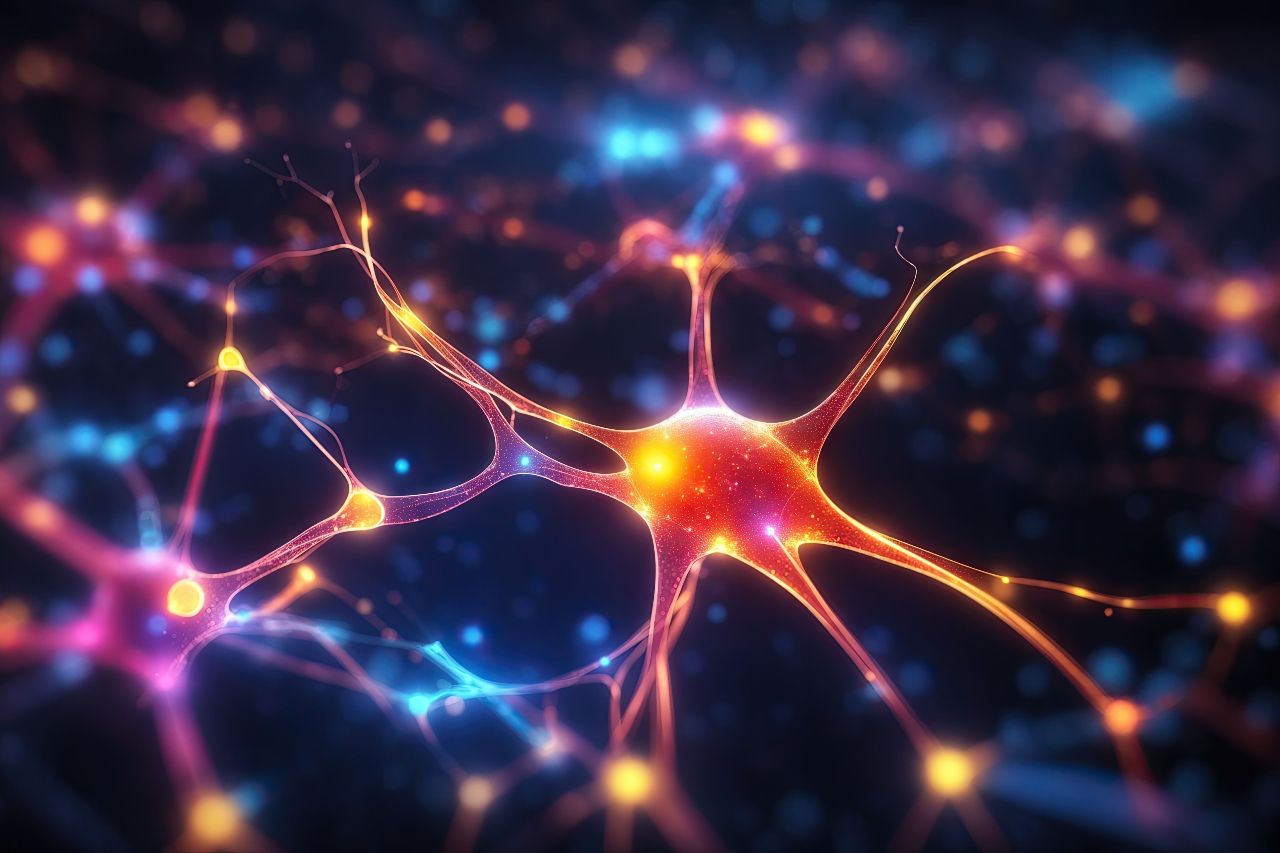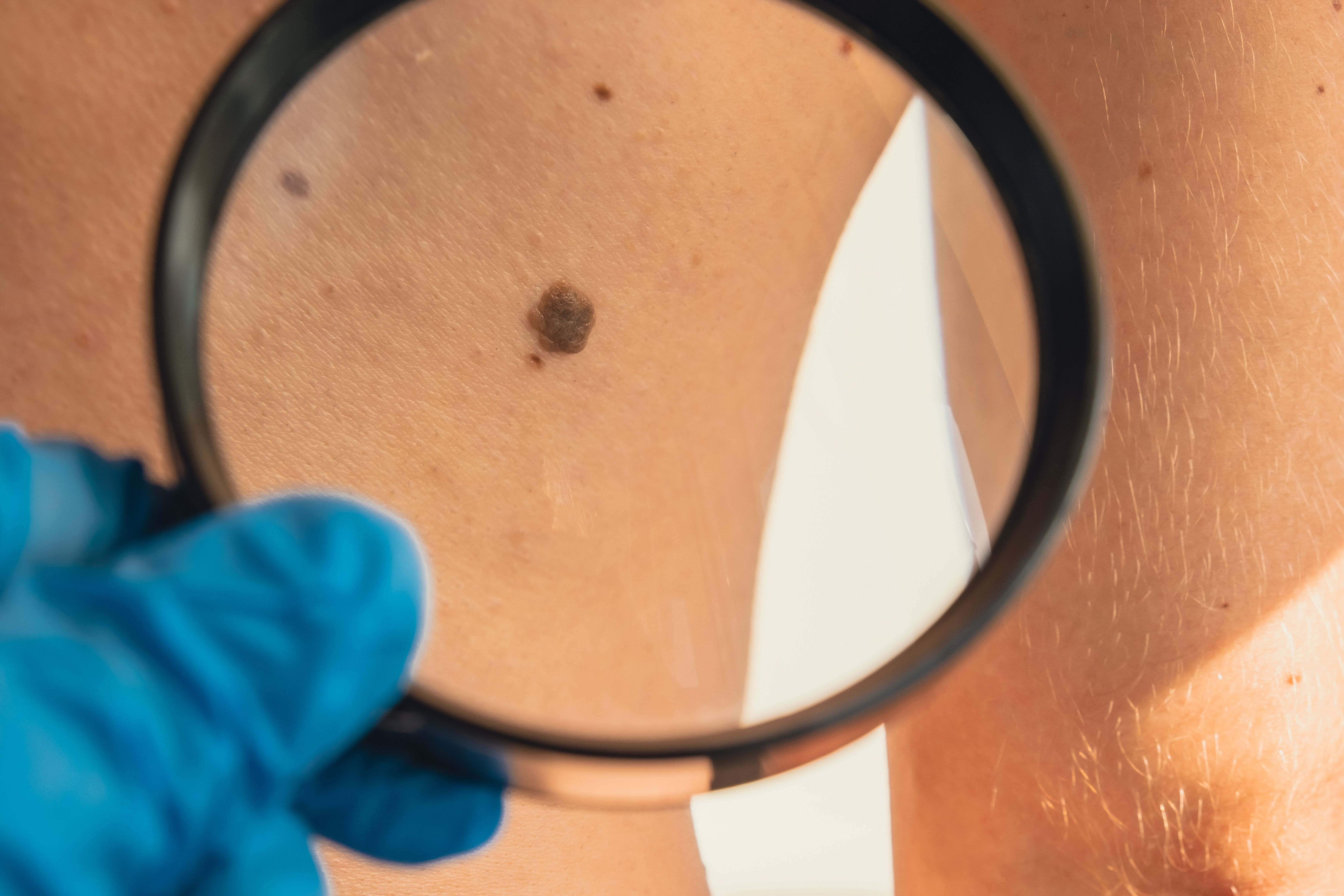News
Article
Timing of Neurofilament Light Changes May Predict Multiple Sclerosis Worsening
Author(s):
The reported neurofilament light elevation preceding confirmed disability worsening events highlighted the value of NfL as an early biomarker of disability worsening and points to the existence of different windows of dynamic central nervous system pathology.
This article was originally published by NeurologyLive®.
Published in JAMA Neurology, new data documented the temporal dynamics of neurofilament light (NfL) levels in association with different patterns of confirmed disability worsening (CDW) in multiple sclerosis (MS). All told, findings showed that increased NfL levels were found approximately 1 year preceding relapse-associated worsening events (CDW-R) and approximately 12-24 months prior to worsening independent of clinical relapses (CDW-NR).
Led by Ahmed Abdelhak, MD, professor of neurology at the University of California, San Francisco, the analysis featured data from 2 observational cohorts in tertiary MS centers: the Expression, Proteomics, Imaging, Clinical (EPIC) study (n = 609) and the Swiss Multiple Sclerosis Cohort (SMSC; n = 1290). Investigators aimed to determine whether and when NfL levels are elevated in the context of CDW, with CDW defined as Expanded Disability Status Scale (EDSS) worsening that was confirmed after 6 or more months.
Neurons illustration | Image credit: Anna - stock.adobe.com

Comprised of 3906 EPIC visits and 8901 SMSC visits, each visit was classified in relation to the disability worsening events into CDW(–2) for 2 visits preceding event, CDW(–1) for directly preceding event, CDW(event) for first diagnosis of EDSS increase, and the confirmation visit. In EPIC, serum NfL values were measured using a Simoa assay while in the SMSC, NfL concentrations were measured by NF-light Advantage kit (Quanterix) and age- and body mass index-adjusted z scores were generated. Data were extracted from EPIC in April 2022 (sampling 2004 to 2016) and SMSC in December 2022 (sampling 2012 to 2021).
A total of 227 CDW events were documented in the EPIC cohort (CDW-R: 36 events; CDW-NR: 191 events) and 435 in the SMSC (CDW-R: 93 events; CDW-NR: 342 events). NfL levels at CDW-R(–1) in 34 visits were 0.71 (95% CI, 0.35-1.07; P < .001) z score units higher compared with 2562 stMS visits in the EPIC cohort, whereas no such differences were found for the remaining time points. In the SMSC, elevated NfL levels were found at CDW-R(–1) in 97 visits (estimate, 0.32; 95% CI, 0.14-0.49; P < .001) and at the event visit (CDW-R[event] in 93 visits; estimate, 0.53; 95% CI, 0.36-0.71; P < .001) compared with 6019 stMS visits. Of note, relapse onset was closer to the CDW-R(event) in the SMSC (median, –137 days) compared with the EPIC cohort (median, –166 days).
In EPIC, NfL elevation was seen at both visits preceding the event (CDW-NR[–1]: 0.27; 95% CI, 0.11-0.44; P < .001; CDW-NR[–2]: 0.23; 95% CI, 0.01-0.45; P = .04). In SMSC, higher NfL z scores were observed at CDW-NR(–2)(0.28; 95% CI, 0.18-0.37; P < .001) with a trend for higher NfL at CDW-NR(–1)(0.09; 95% CI, 0-0.18; P = .16). After restricting the analysis to relapsing-remitting MS (EPIC: 83.5% of sample; SMSC: 83.9% of sample), NfL elevation was still detected at CDW-NR(–1) in the EPIC cohort and CDW-NR(–2) in the EPIC cohort and the SMSC.
"Our findings help understand the complex landscape of conflicting evidence for association between NfL and CDW," Abdelhak et al wrote. "NfL assessment at the time of EDSS-based CDW diagnosis could be less informative, as the components of the pathophysiology associated with NfL increase already took place and were potentially concluded before the event visit. Moreover, evaluating treatment success in preventing CDW-R/CDW-NR should allow the investigated treatment to intervene during pre–CDW-R and CDW-NR."
After compiling the longterm data, higher NfL z scores in both cohorts were found to be associated with the future occurrence of CDW-R. More specifically, a z score greater than 1.0 was linked with a 70% (HR, 1.70; 95% CI, 1.10-2.61; P = .02) higher risk over the subsequent 11.0 months later in SMSC and a trend for a 91% (HR, 1.91; 95% CI, 0.94-3.87; P = .07) higher risk at 12.6 months later in EPIC.
Additional findings showed that NfL levels close to CDW-NR, i.e. at CDW-NR(–1) in the EPIC cohort and CDW-NR(–2) in the SMSC, were associated with higher risk for CDW-NR events. For CDW-NR, an NfL z score greater than 1.0 was associated with a 40% (HR, 1.40; 95% CI, 1.06-1.85; P = .02) and 49% (HR, 1.49; 95% CI, 1.20-1.84; P < .001) higher risk of diagnosing CDW-NR in approximately 12 months in the EPIC cohort and approximately 21 months in the SMSC, respectively. In line with results of the mixed models, investigators observed that increased NfL levels at visits closest to the event (SMSC CDW-NR[–1]: –10.8 months) or visits further away from the event (EPIC CDW-NR[–2]:–26.2 months) were not consistently associated with higher CDW-NR risk.
Reference
1. Abdelhak A, Benkert P, Schaedelin S, et al. Neurofilament light chain elevation and disability progression in multiple sclerosis. JAMA Neurol. Published online November 6, 2023. doi:10.1001/jamaneurol.2023.3997




